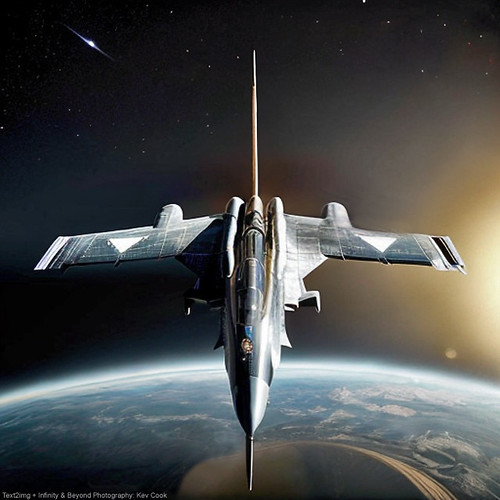
Queue for launch — First Dream Chaser spaceplane needs more work when it gets to launch site The rest of Dream Chaser’s heat shield tiles will be installed at Kennedy Space Center.
Stephen Clark – May 10, 2024 12:18 am UTC Enlarge / Sierra Space’s Dream Chaser spaceplane inside a NASA test chamber in Ohio.Sierra Space reader comments 28
There is still some work to do to prepare Sierra Space’s Dream Chaser spaceplane for its first mission, but the company says the winged resupply craft for the International Space Station will soon ship to its launch site in Florida.
The Dream Chaser will take off on top of a United Launch Alliance Vulcan rocket to head for the space station. A spokesperson for Sierra Space told Ars the spaceplane’s launch is scheduled for the third or fourth quarter of this year.
But Sierra Space will transport the Dream Chaser to NASA’s Kennedy Space Center in Florida with a to-do list. There are two more significant tests the spacecraft must complete at the launch site. Technicians must also finish work on Dream Chaser’s heat shield before it is ready to go on top of its Vulcan launcher. It’s unclear how long these activities will take to complete.
Nevertheless, the spaceplane is about to leave NASA’s Neil Armstrong Test Facility in Ohio, where it has undergone environmental testing since December. Sierra Space conducted the tests in Ohio in several phases.
First, Sierra Space engineers conducted shock tests with ULA to check the spacecraft’s response to the jolt of separation from the Vulcan rocket in orbit. Then, ground teams stacked the Dream Chaser spaceplane on top of its rear-mounted pressurized cargo module and placed the entire vehicle on a shaker table to simulate the vibrations the spacecraft will experience during launch. Advertisement
Sierra Space next performed another shock test using the separation system that will jettison the disposable cargo module from the reusable spaceplane before reentry and landing at the end of its mission. Lastly, engineers transferred Dream Chaser to a thermal vacuum chamber at the Ohio test facility, where, for five weeks, the spacecraft was subjected to the airless environment and the extreme temperature swings of low-Earth orbit.
“Successful completion of an incredibly rigorous environmental testing campaign in close partnership with NASA is a significant milestone and puts Dream Chaser on track for operations later this year,” said Tom Vice, Sierra Space’s CEO. “This is the year that we transition from rigorous research and development to regular orbital operations andin doing sotransform the way we connect space and Earth.” Sierra Space’s to-do list
Dream Chaser has been in development for more than 15 years, and the concept goes back further than that. NASA kick-started the current iteration of the commercial spaceplane with the award of a commercial cargo contract to Sierra Nevada, Sierra Space’s parent company, in 2016.
This will be the first of seven resupply missions Dream Chaser will fly to the International Space Station under the NASA contract. The company is building a second reusable spaceplane to help meet its commitment to NASA and potentially service follow-on commercial space stations.
Finally, the finish line for Dream Chaser is now in sight. Last year, the first spaceplane, namedTenacity, left Sierra Space’s factory near Denver for the journey to the Armstrong Test Facility in Ohio. Ars visited Sierra Space’s factory to see Dream Chaser a few weeks before its departure. The spacecraft was mostly finished, but technicians continued to outfit the interior pressurized compartment of the spaceplane and add tiles for its heat shield. Page: 1 2 Next → reader comments 28 Stephen Clark Stephen Clark is a space reporter at Ars Technica, covering private space companies and the worlds space agencies. Stephen writes about the nexus of technology, science, policy, and business on and off the planet. Advertisement Channel Ars Technica ← Previous story Next story → Related Stories Today on Ars


